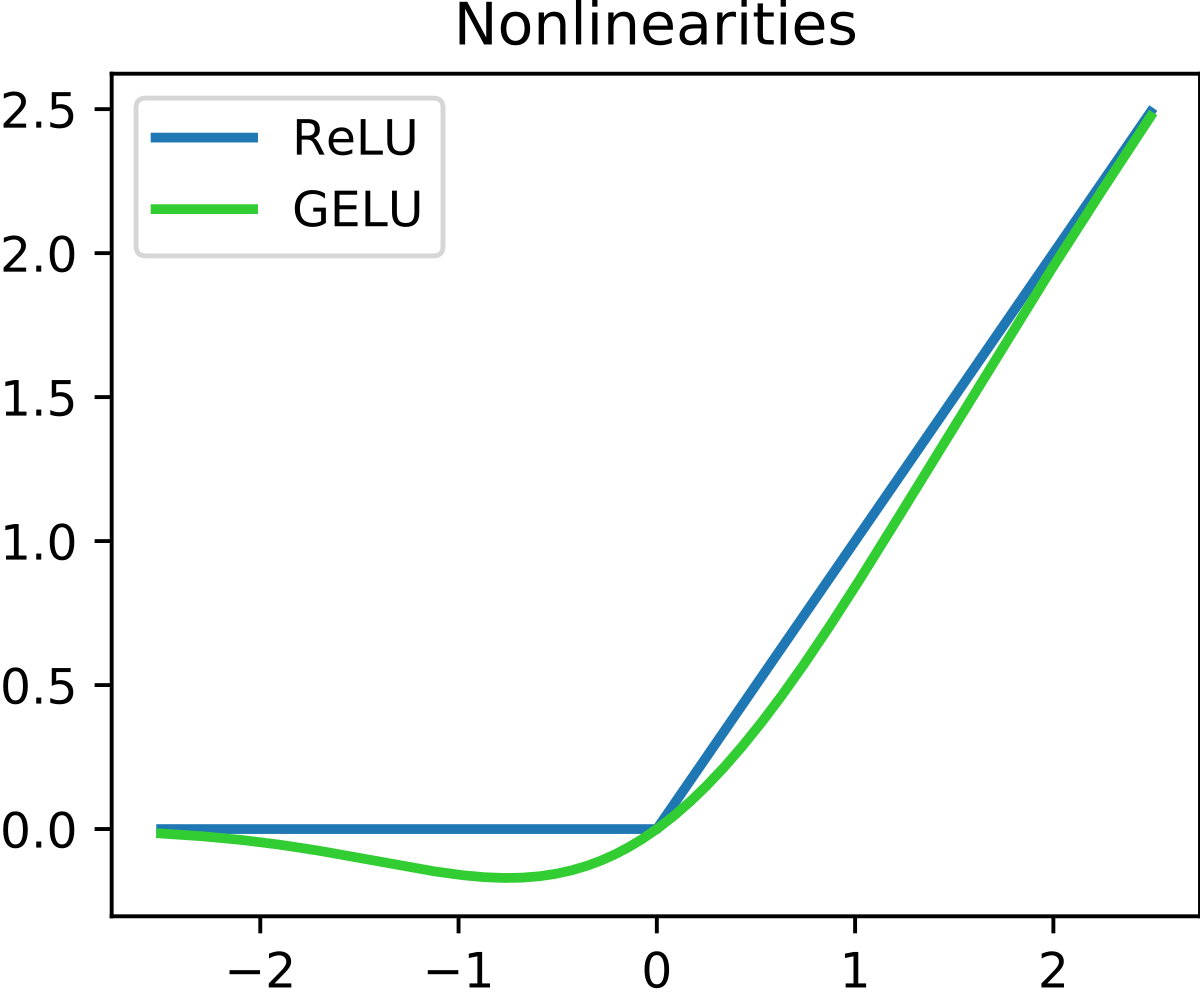Google Unveils Search Revamped for AI Era
BY MILES KRUPPA
MOUNTAIN VIEW, Calif.— Google unveiled conversational features for its search engine and made its chatbot Bard widely available for English speakers, a show of force as it races Microsoft and a growing number of startups to win over consumers with artificial- intelligence products. Calling the moment a new era in search, Google introduced a set of features—called Search Generative Experience— that use AI programs to provide lengthier summaries in response to a range of queries. The features invite follow- up questions, opening a new interface allowing users to hold conversations with the search engine. Google stopped short of rolling out the product immediately, instead opening a wait list under a new experimental program called Search Labs. Shares in Alphabet, Google’s parent, were up more than 4% on Wednesday.
The unveiling was part of a litany of AI-focused announcements at Google’s I/O developer conference, the company’s biggest annual showcase for new products, as it battles concerns that services such as the ChatGPT bot developed by Microsoft- backed OpenAI could chip into its dominance in search and online advertising. “Looking ahead, making AI helpful for everyone is the most profound way we’ll advance our mission,” Google Chief Executive Sundar Pichai said Wednesday during a keynote address to open the conference.
Google said Bard, its answer to ChatGPT, is now freely available in English in more than 180 countries and territories, and would soon support 40 languages, including Japanese and Korean. The chatbot previously could only be accessed from a waiting list.
A new version of Google’s flagship AI program, PaLM 2, short for Pathways Language Model, will be used in 25 products across the company, including Bard and the search features. The company’s line of Pixel phones will also begin selling a foldable version that opens into a tablet, a product the company called the thinnest folding phone to date.
Google has been retooling its search engine in response to threats ranging from AI bots such as ChatGPT to the short-video app TikTok. Microsoft last week removed the wait list for a version of its Bing search engine that uses the technology behind ChatGPT to engage in conversations. On Wednesday, Google also introduced a search feature displaying a mix of forum posts and videos from places such as TikTok in a tab labeled “perspectives.” The company plans to emphasize that material prominently in the future, part of efforts to make the search engine more “visual, snackable, personal, and human,” The Wall Street Journal reported last week. The changes will nudge the results of Google’s search engine further away from the traditional list of web addresses, a format informally known as the “10 blue links.” “The future of search is about blending the best of search and the best of generative AI,” said Liz Reid, a vice president on the search team. “It’s not an either-or.”
The new AI search features will include clearly labeled advertisements in dedicated slots, Google said. Ads on the search engine and other Google websites brought in $162 billion of revenue last year, the majority of sales at Alphabet. Google employees are testing the new AI search features under the code name “Magi” before they are released to users in the coming weeks. They will initially only be available in Google’s Chrome desktop browser and the mobile app. The AI features appear prominently at the top of results for a range of search queries, according to a demo provided to the Journal. Some queries automatically returned lengthier responses; others required clicking a “generate” button to produce the same result. A button at the bottom of the response invited users to ask follow-up questions, triggering what Google described as a new conversational mode in the search engine. The new feature typically included as many as three links to outside websites displayed to the right of the AI-generated passage, according to the demo. That approach differed from other conversational AI search engines, such as the new version of Bing, which displays citations for individual sentences.
Google designed the technology to surface links that broadly corroborate the information presented in the passages, Ms. Reid said. If the program cannot corroborate an answer, it won’t display that passage, she added.
Ms. Reid said Google would monitor the implications of the new features for website owners and work with online publishers throughout the process. “If we handle the technology right, with all of the effort to make search more natural, people will ask more questions,” Ms. Reid said. Google has sent a growing amount of traffic to other websites every year, she added. As with Bard, Google called the new AI search features an experiment and said it would listen to user feedback. The company said it restricted the search engine’s ability to hold free-flowing conversations after finding such outputs displayed a higher likelihood of inaccuracies.
Conversational features in search and the chatbot Bard were highlighted at Wednesday’s I/O forum. JOSH EDELSON/ AGENCE FRANCE- PRESSE/ GETTY IMAGES
Google will also restrict responses for certain dangerous and explicit topics and include extra disclaimers around health queries, though content that violates company policies might still appear, it said. Asked on Tuesday who is winning the Russia-Ukraine war, the new AI features produced a three-paragraph passage making a case that Ukraine was winning, linking to articles from the New Yorker, the Council on Foreign Relations and Wikipedia. Ms. Reid said the feature shouldn’t have provided an answer to that prompt, adding, “It’s a little definitive for what I would say is the story.”





 , you know nothing, we humans are still useful, hahaha!
, you know nothing, we humans are still useful, hahaha! 